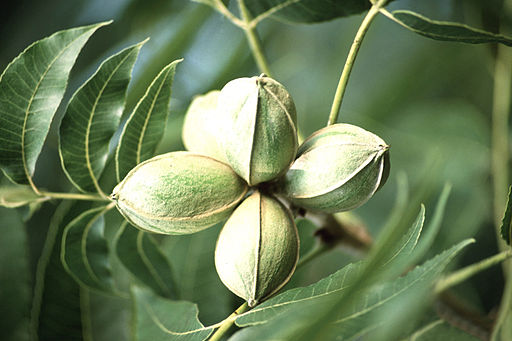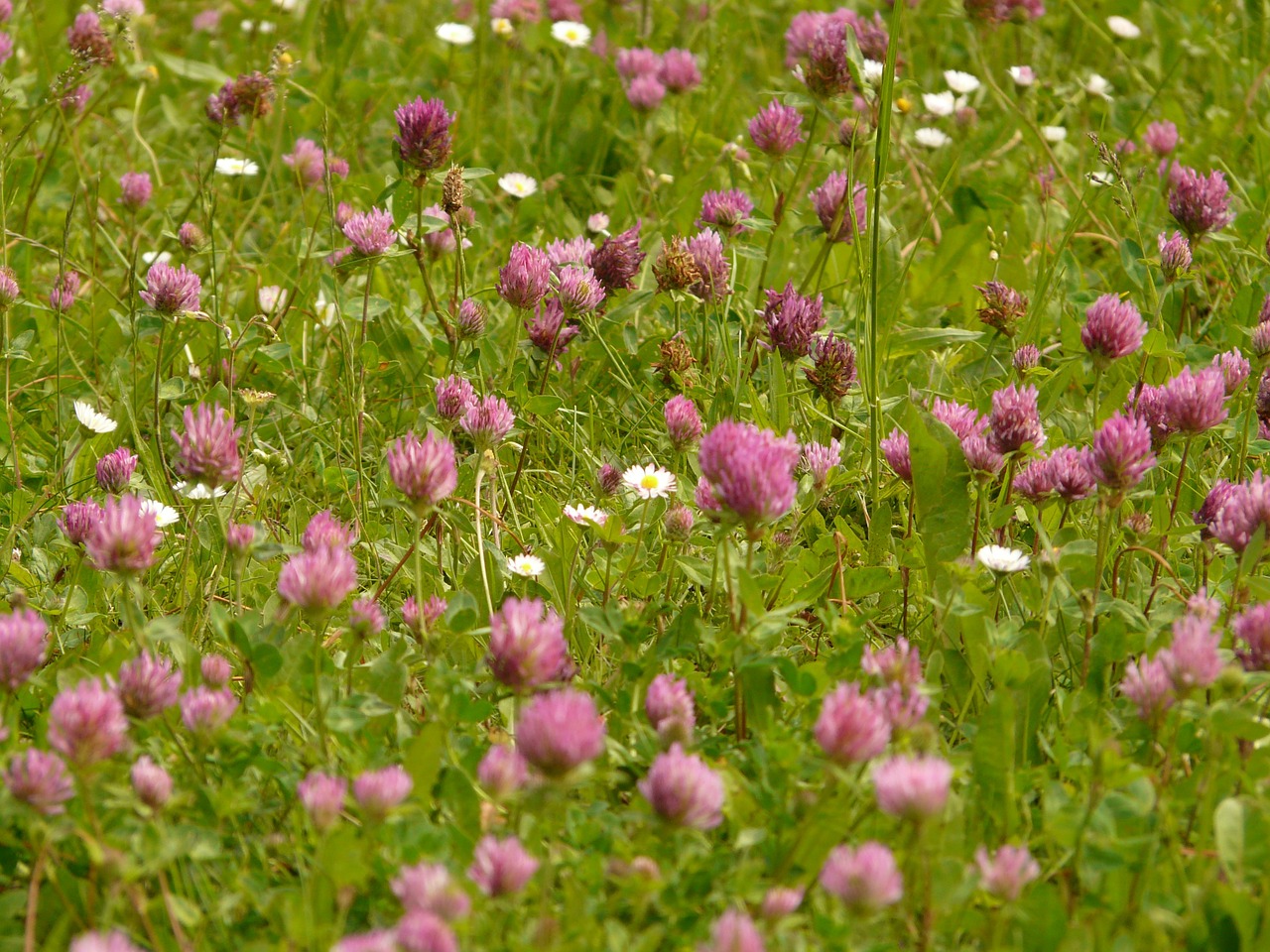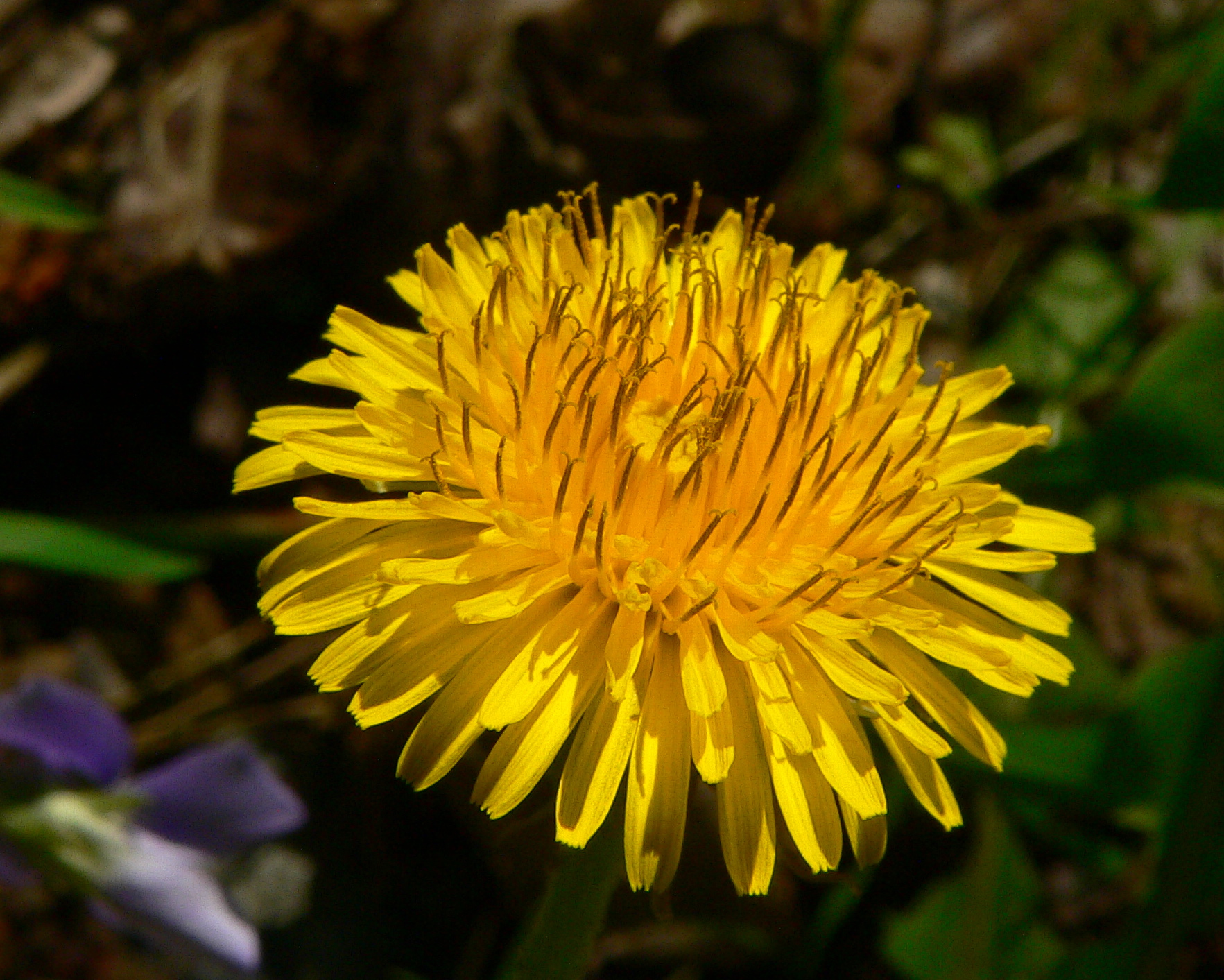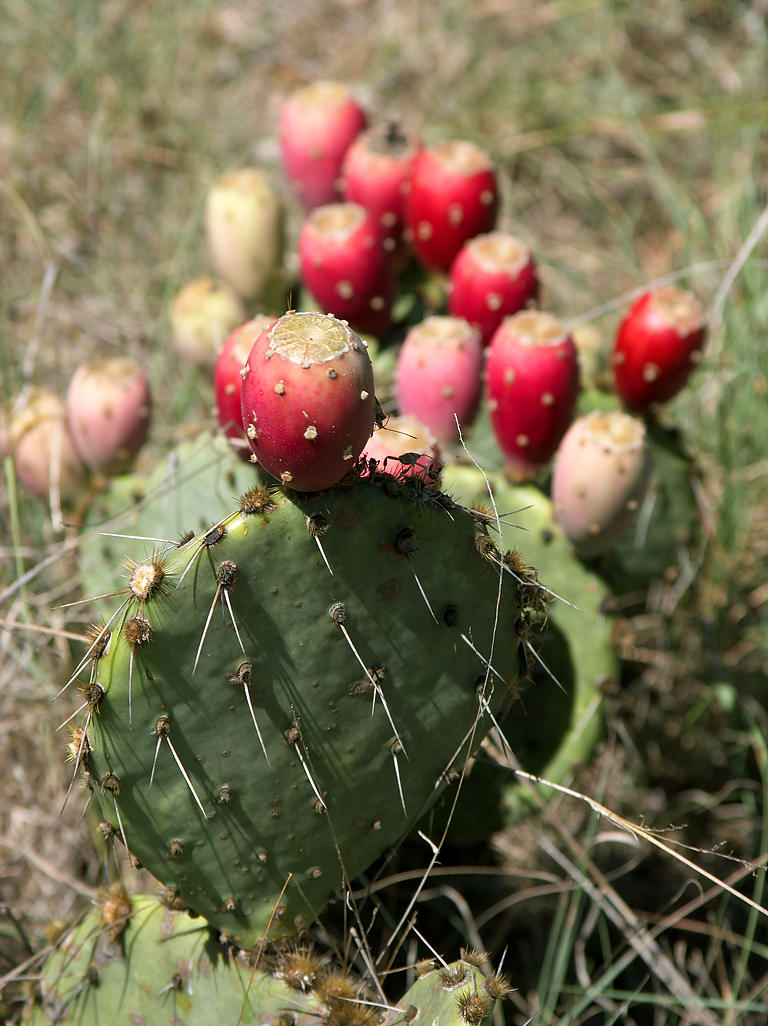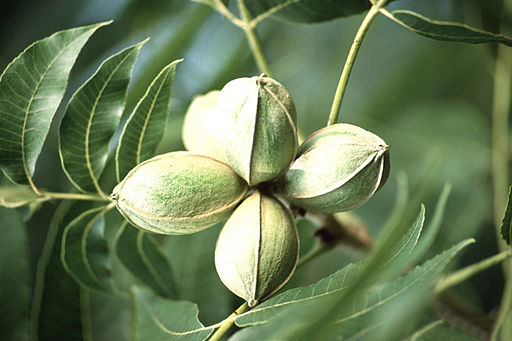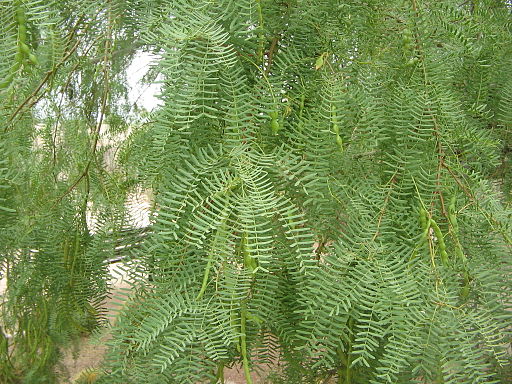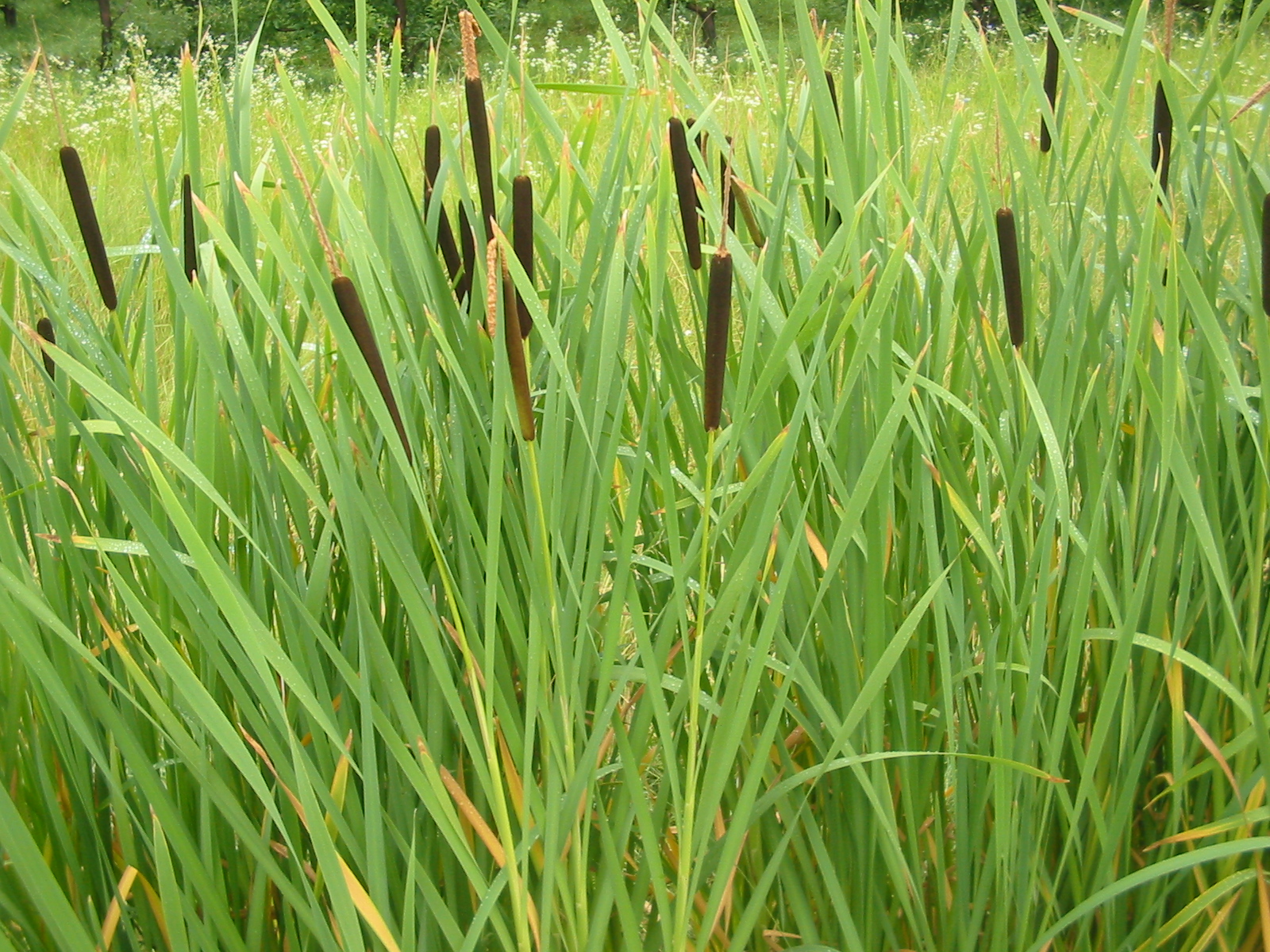Before we get to the good stuff it’s important to outline the practice of foraging ethically:
- You shalt not break the law
You must have permission from the property owner or you’re stealing. Also, most state and federal lands prohibit gathering plants except in survival situations.
- Honor the land
Don’t hack/slash/burn or otherwise destroy your way through nature. Leave no trace of your presence.
- Respect the plants
Harvest sustainably–don’t harvest if there are only a few plants around. Cut off specimens with a knife instead of ripping to avoid damage to plants.
- Watch Yo’self
Be sure to positively identify any plant before you eat it, and be aware of any environmental hazards in your foraging area.
For Quick Reference, Avoid Plants With:
- Milky or discolored sap
- Spines, fine hairs, or thorns
- Beans, bulbs, or seeds inside pods
- Bitter or soapy taste
- Dill, carrot, parsnip, or parsley-like foliage
- “Almond” scent in the woody parts and leaves
- Grain heads with pink, purplish, or black spurs
- Three-leaved growth pattern
Red Clovers
Scientific Name: Trifolium pratense
What to eat: leaves, flowers
How: leaves raw or boiled; flowers tea or smoked
Where to find it: sunny fields
When you can find it: spring, summer
Nutritional Value: protein, assorted medicinal compounds
Red clover can be eaten raw but it is easier to digest if boiled for a bit. More often its made into tea to release beneficial chemicals. Instead of boiling the red clover leaves and flowers, seep/simmer them in water for about ten minutes to release the full flavor and helpful properties such as salicylic acid (natural aspirin), trypotphan (helpful sleep inducer), genistan (anti-cancer agent). If picked still red and allowed to dry to purple color, red clover creates a delicious flavored smoke. However, don’t even bother trying to smoke flower heads which dried still on the plant, they aren’t nearly as flavorful.
Dandelion (Taraxacum officinale)
Scientific name: Taraxacum officinale
What to eat: leaves, flowers, roots
How: young leaves can be used in salad or boiled; flowers can be used to make tea; roots are roasted to make a coffee substitute or boiled for twenty-thirty minutes before eating
Where to find it: yards, sunny areas
When you can find it: spring and early summer
Nutritional Value: Vitamins A, B, thiamine, riboflavin, minerals, and protein
It might be an obnoxious weed on your immaculate lawn, but when if you’re out in the wilderness this plant could save your life. The entire plant is edible- roots, leaves, and flower. Eat the leaves while they’re still young, and if you have to eat the mature leaves, boil them first to remove their bitter taste. Roots should be boiled before eating as well. You can drink the water you boiled the roots in as a tea and use the flower as a garnish in a dandelion salad.
Prickly Pear Cactus
Scientific name: Opunita lindheimeri
What you can eat: fruit (tunas), pads (nopalito), flowers, juice
How: peeled pads can be pickled, fried, made into jerky; fruit can be raw or blended into a smoothy/icee drink; juice from strained fruit can be drunk, made into ice cream, mixed drinks, preserves.
Where to find it: sunny fields
When you can find it: fruit-late summer, pads-all year though younger pads taste better.
Nutritional Value: vitamin C, some minerals and omega-3 fatty acid
Dangers: The spines and tiny, fine hairs are very irritating and can even be fatal if lodged in the throat. Burn off the spines/hairs to remove.
Prickly pear doesn’t appear to be a choice edible wild food, but it’s actually a very tasty and nutritional plant. It’s one of the easiest of the cacti to identify, and because the plants tend to be fairly large, just one of them can provide many meals. As the name suggests, the fruit of the prickly pear cactus looks like a red/purplish pear. Carefully remove the small spines on the outer skin before sinking in your teeth or you might as well swallow a hedgehog. Use a rock or stick to knock the pads off the plant, and either burn or scrape the needles off before cooking/eating it.
Tip: burning the needles off is more reliable than scraping.
Pecan Tree
Scientific name: Carya illinoinensis
What to eat: nuts
How: raw, cooked
Where to find it: pecan trees
When you can find it: fall
Nutritional Value: carbohydrates and protein
Arguably the most popular native wild Texas plant, there’s not much to dislike about a wild pecan nut. Though farmed nuts have thinner shells and more nutmeat than wild ones, wild trees sometimes surpass cultivated ones in flavor once you break through the thick shell. This edible plant is high in carbs and proteins to keep you satisfied on your journeys.
Honey Mesquite
Scientific name: Prosopis glandulosa
What to eat: young leaves, seed pods, seeds
How: seed pods raw, cooked, pounded into flour, made into tofu. Young leaves in salad or cooked like spinach
Where to find it: arid fields
When you can find it: late summer, early fall
Nutritional Value: carbohydrates, protein, calcium
Dangers: Pods can be infected with very dangerous aflatoxin-producing fungus. Only pick pods that are still on the tree and have not been attacked by boring-beetles.
Mesquite seeds/seed pods are rich in protein, minerals, and fructose. The lining of these pods can be as sweet as caramel, although it may take some trial and error to find the perfect tasting pod. The beans can be dried for storage and ground as needed. The deep taproots, often larger than the trunks, are grubbed up for firewood. Southwestern Indians prepared meal and cakes from the pods. Be careful of pods that have fallen to the ground or that have holes in them, as they might be infected with a nasty fungus.
Cattails/Bullrush
Scientific name: Typha latifolia
What to eat: Tubers, shoots, male portion of flower, pollen
How: Tuber starch granules are removed by hand from fibers, young shoots cut from tubers, older stems can be peeled back to get soft, white edible pith, male (top) part of flower steamed before it become fluffy, pollen from male section is shaken into paper bag from flower and use as flour
Where to find it: Shallow water
When you can find it: Tubers in winter, shoots in spring/summer, pollen and flowers in spring
Nutritional Value: Young shoots have low amounts of minerals. Pollen is high in protein. Tubers are high in calcium, iron, potassium, and carbohydrates.
Dangers: Fluff may cause skin irritation, wash cattail thoroughly before eating raw.
Known as cattails or punks in North America and bullrush and reedmace in England, this plant can be found near the edges of freshwater wetlands. A Native American mealtime staple, most of the cattail is edible. The large roots, or rhizomes, as well as the lower part of the stem, can be eaten either raw or boiled, and the leaves can be boiled and eaten like any other cooked greens. The corn dog-looking female flower spike can be broken off and eaten like corn on the cob in the early summer when the plant is first developing. It actually has a corn-like taste to it. The cattail fluff makes for good tinder and insulation, and the leaves can be woven into baskets and used to thatch huts.

